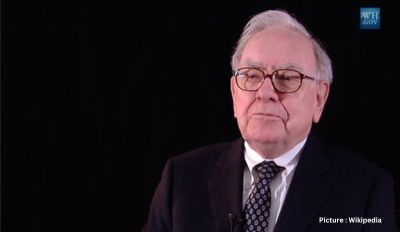India slipped to 101st position in the Global Hunger Index (GHI) 2021 of 116 countries and is behind neighbors Pakistan, Bangladesh and Nepal. In 2020, India was ranked 94th out of 107 countries.
The report, prepared jointly by Irish aid agency Concern Worldwide and German organization Welt Hunger Hilfe, termed the level of hunger in India “alarming”. India’s GHI score has also decelerated — from 38.8 in 2000 to the range of 28.8 – 27.5 between 2012 and 2021.
 The GHI score is calculated on four indicators — undernourishment; child wasting (the share of children under the age of five who low weight for their height); child stunting (children under the age of five who have low height for their age) and child mortality (the mortality rate of children under the age of five).
The GHI score is calculated on four indicators — undernourishment; child wasting (the share of children under the age of five who low weight for their height); child stunting (children under the age of five who have low height for their age) and child mortality (the mortality rate of children under the age of five).
The share of wasting among children in India rose from 17.1% between 1998-2002 to 17.3% between 2016-2020, according to the report. “People have been severely hit by COVID-19 and by pandemic related restrictions in India, the country with highest child wasting rate worldwide,” the report said.
However, India has shown improvement in other indicators such as the under-5 mortality rate, prevalence of stunting among children and prevalence of undernourishment owing to inadequate food, the report said.
A total of only 15 countries — Papua New Guinea (102), Afghanistan (103), Nigeria (103), Congo (105), Mozambique (106), Sierra Leone (106), Timor-Leste (108), Haiti (109), Liberia (110), Madagascar (111), Democratic Republic of Congo (112), Chad (113), Central African Republic (114), Yemen (115) and Somalia (116) — fared worse than India this year.
A total of 18 countries, including China, Kuwait and Brazil, shared the top rank with GHI score of less than five, the GHI website that tracks hunger and malnutrition across countries reported last week.
According to the report, the share of wasting among children in India rose from 17.1 per cent between 1998-2002 to 17.3 per cent between 2016-2020, “People have been severely hit by COVID-19 and by pandemic related restrictions in India, the country with highest child wasting rate worldwide,” the report said.
Neighboring countries like Nepal (76), Bangladesh (76), Myanmar (71) and Pakistan (92), which are still ahead of India at feeding its citizens, are also in the ‘alarming’ hunger category.
However, India has shown improvement in indicators like the under-5 mortality rate, prevalence of stunting among children and prevalence of undernourishment owing to inadequate food, the report said.
Stating that the fight against hunger is dangerously off track, the report said based on the current GHI projections, the world as a whole — and 47 countries in particular — will fail to achieve even a low level of hunger by 2030.
“Although GHI scores show that global hunger has been on the decline since 2000, progress is slowing. While the GHI score for the world fell 4.7 points, from 25.1 to 20.4, between 2006 and 2012, it has fallen just 2.5 points since 2012. After decades of decline, the global prevalence of undernourishment — one of the four indicators used to calculate GHI scores — is increasing. This shift may be a harbinger of reversals in other measures of hunger,” the report said.
Food security is under assault on multiple fronts, the report said, adding that worsening conflict, weather extremes associated with global climate change, and the economic and health challenges associated with Covid-19 are all driving hunger.
“Inequality — between regions, countries, districts, and communities — is pervasive and, (if) left unchecked, will keep the world from achieving the Sustainable Development Goal (SDG) mandate to “leave no one behind,” it said.
India’s wholesale price index (WPI)-based inflation remained in double-digits for the sixth consecutive month in September, though at 10.66% it was lower than 11.39% in August.
Food inflation contracted 4.69% in September compared with a 1.29% fall a month ago, while that of manufactured products rose to 11.41% from 11.39% in August.
The sharp contraction in food prices was mainly due to easing vegetable prices though price of pulses continued to spike at 9.42%. Retail inflation in September also slowed to a five-month low of 4.4% due to moderating food prices.
Fuel’s a concern
The inflation in the fuel and power basket was 24.91% in September, against 26.09% in the previous month. The rise in crude petroleum and natural gas prices was 43.92% in September over 40.03% in the previous month.
Fuel is likely to keep pinching in the days ahead. After two days of lull, petrol and diesel prices were again hiked by 35 paise per litre on Thursday, sending retail pump prices to their highest ever level across the country. This is the 13th time that petrol price has been hiked in two weeks while diesel rates have gone up 16 times in three weeks.











